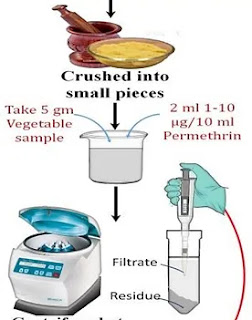Emerging Challenges of E-Waste Management
Electronic waste (e-waste) has become a major environmental issue due to its hazardous contents, such as toxic substances like Mercury, Brominated Flame Retardants (BFRs), and Polychlorinated Biphenyls (PCBs), which pose significant risks to human health and ecosystems. The rapid pace of technological advancement and the increasing consumption of electronic devices have caused a substantial surge in e-waste generation. In 2019, global e-waste production reached 53.6 million metric tons, with projections suggesting it will double by 2050. High-income countries have made strides in developing policies and infrastructure for e-waste recycling; however, a significant portion of this waste is exported to low-income countries, where improper processing methods lead to serious environmental and health hazards. Although recycling e-waste has substantial economic value, with raw material recovery potentially worth $57 billion, only 17.4% of global e-waste was properly recycled in 2019, emphasizing the urgent need for improved management strategies and international cooperation to address this growing issue.




Comments
Post a Comment